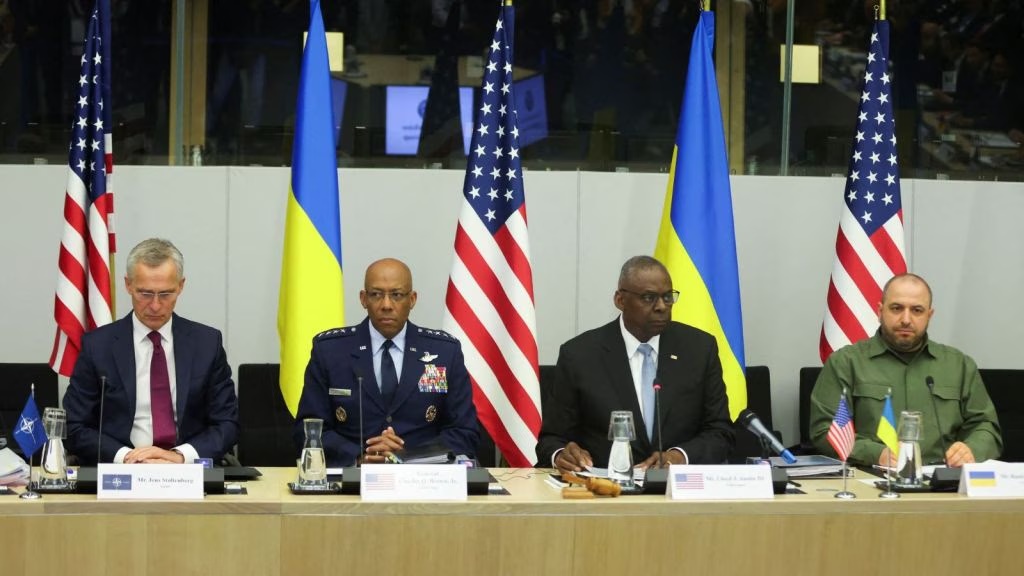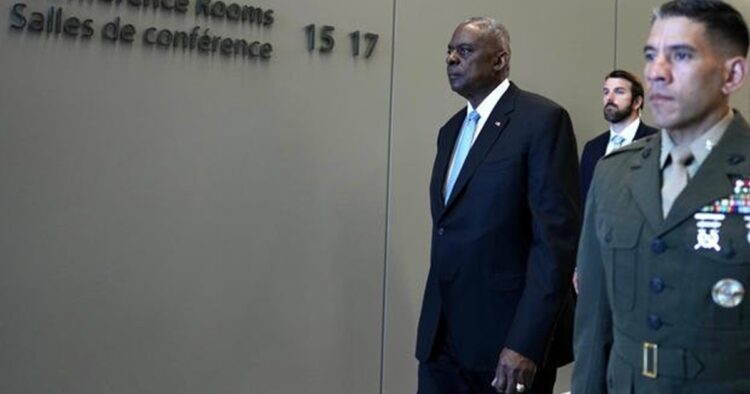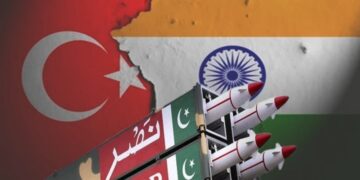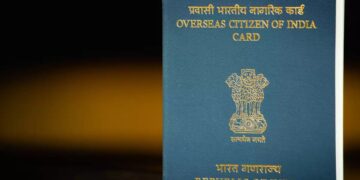NATO defense ministers convened in Brussels on Thursday to finalize a new plan to extend substantial security aid and military training to Ukraine. This initiative comes amidst ongoing Russian military actions along Ukraine’s extensive front lines. The meetings, crucially, precede an upcoming summit in Washington hosted by President Joe Biden, where NATO leaders are expected to announce substantial financial backing for Ukraine.
One of the crucial concerns voiced by NATO Secretary-General Jens Stoltenberg is ensuring predictable, sustained support for Ukraine’s armed forces. He emphasized the urgency to prevent delays and gaps in military aid, which have been exploited by Russian advances into Ukrainian territory. Stoltenberg underscored that a more structured approach is necessary to counter ongoing challenges.

Since Russia’s full-scale invasion in February 2022, Western allies of Ukraine have consistently met under the Ukraine Defense Contact Group to coordinate military assistance efforts. These efforts, primarily led by the Pentagon, have been instrumental in providing critical supplies to Kyiv.
However, the process has lacked consistency and reliability, prompting NATO’s push to formalize and streamline support mechanisms.
The proposed plan involves NATO assuming a coordinating role in security assistance and training, leveraging its organizational structure and financial resources. Stoltenberg expressed hope that NATO member states will commit to maintaining current levels of military aid during the Washington summit, estimated at approximately 40 billion euros ($43 billion) annually in equipment and support.
Hungary, a NATO member, clarified its stance ahead of the meetings, stating it would not veto the proposed plan under the condition that participation remains voluntary. Prime Minister Viktor Orbán stressed the importance of adhering to NATO’s principles of voluntary involvement in military actions outside alliance territory, ensuring Hungary’s sovereignty in decision-making.
Noting, NATO as an organization does not directly supply weapons or ammunition to Ukraine, nor does it plan to deploy troops on Ukrainian soil. Instead, individual member states contribute bilaterally, collectively accounting for more than 90% of Ukraine’s military support. The alliance views Russia’s actions against Ukraine as a significant threat to European security, underscoring the need for united, yet cautious, responses.
NATO operates under the principle of collective defense, where an attack on any member state is considered an attack on all, triggering a unified response. As discussions continue, NATO’s efforts to bolster Ukraine’s defense capabilities highlight ongoing tensions with Russia and the alliance’s commitment to regional stability and security.
This meeting underscores NATO’s evolving role in managing European security challenges and its commitment to supporting Ukraine amidst escalating tensions with Russia. The outcomes of these discussions will likely shape NATO’s approach in the upcoming summit and its broader strategic stance in the region.

















Comments